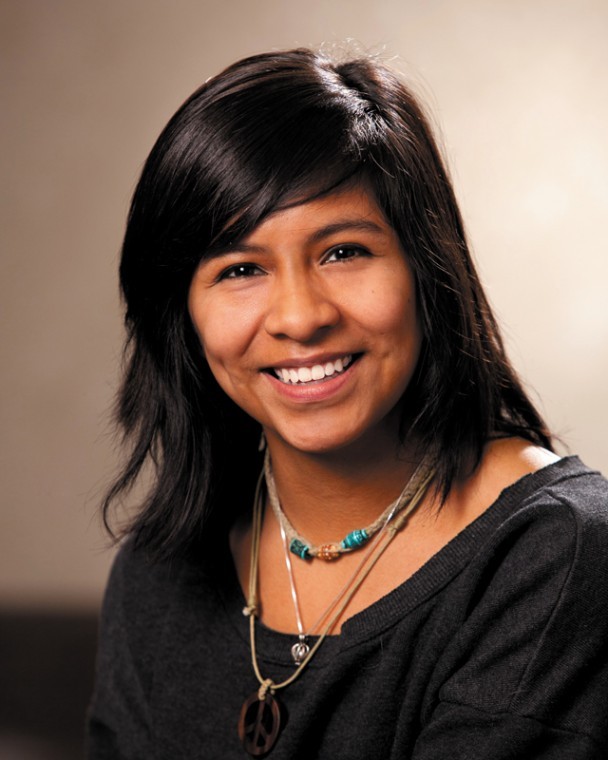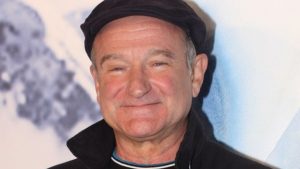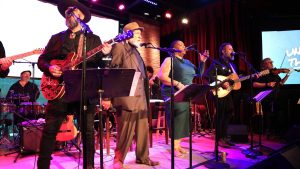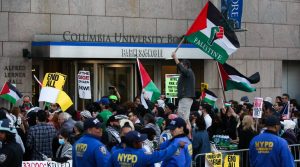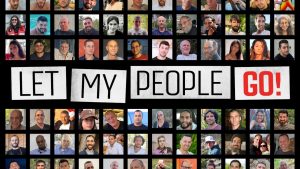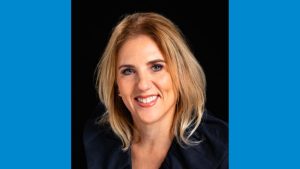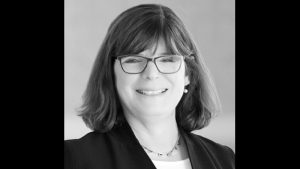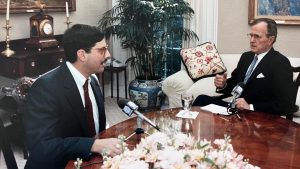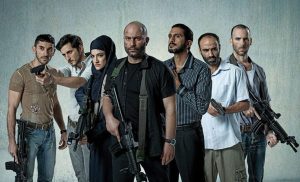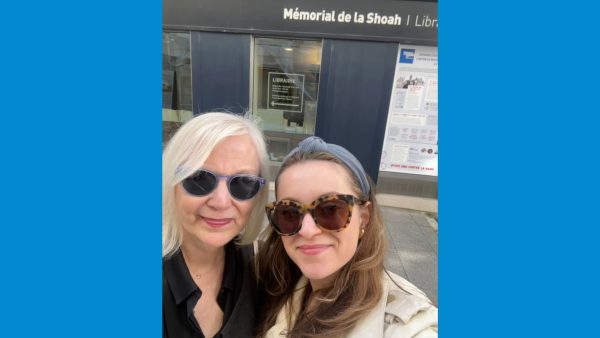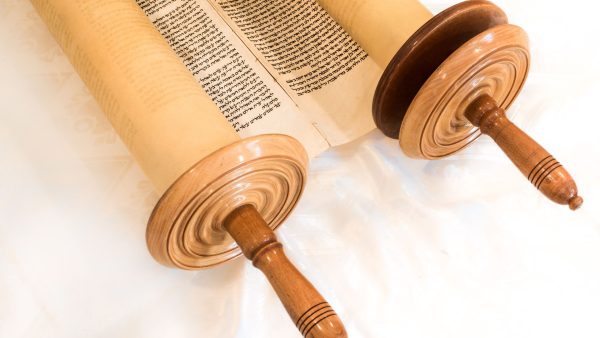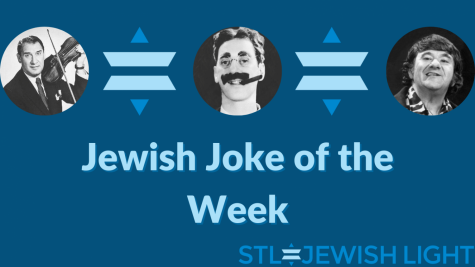A Transformative Journey with Cultural Leadership – Rachel Platke
Published July 13, 2011
Having the opportunity to be a part of something as thought provoking as Cultural Leadership is a blessing. This year-long program begins in January. Recently, we spent 20 days on a summer transformational journey traveling to New York, Philadelphia, Washington, D.C., Atlanta, Whitwell, Tenn., all over Alabama and Mississippi, Little Rock, Ark. and Memphis. If I could I would not hesitate to go on this journey again.
We met with extraordinary persons and went to unforgettable places that definitely made a mark in history. Two such individuals who touched me were civil rights activist John Lewis and United States Supreme Court Justice Ruth Bader Ginsburg. A place we visited that was especially significant was the U.S. Holocaust Memorial Museum in Washington, D.C.
Justice Ginsburg and Lewis definitely made a impact on me because of the important roles that they have played in our history. Meeting an individual who actually participated in the Civil Rights Movement was extraordinary. Lewis, as well as many others, were beaten and arrested because they fought for equal rights. They knew what their goal was and they were not going to give up for anything. To never give up even if there is a bump in the road is inspiring to me. I realized that fighting for what one believes is truly what matters.
Justice Ginsburg inspires me because she is the second female justice and the first Jewish female justice. Being a women and a Jew should never stop anyone from becoming something that he or she loves or wants to do in life.
I was adopted from Mexico and my brother was adopted from Costa Rica. Being raised in the Jewish faith, I do not remember a time when I haven’t known about the Holocaust. Some people may claim that it never occurred, but tragically it did happen and made a huge impact on how people view atrocities worldwide.
After going to the Holocaust museum I was flabbergasted to learn facts that I had never heard of, or even dreamed could occur. There were 14 million Jews in the world in the late 1930s. Of the nine million Jews who lived in Europe, six million were put to death.
Astonishingly, we learned that the police, not the army, were the ones that killed most of the Jews. To actually see the uniforms Jews were forced to wear and watch videos of how the Jews were treated (like animals) horrified me.
Many thoughts went through my mind as I made my way through the museum. At 10 a.m. on April 1, 1933 the Nazis staged a massive boycott against Jewish businesses and professional offices. On May 10, more than 25,000 books were burned in Berlin alone; and on August 17 Jewish men were required to adopt the middle name “Israel” or “Jewish.” After reading this I could not wrap my head around the fact that many knew of these atrocities yet did nothing to stop it.
At the end of the Museum, I remember a quote from Martine Niemöller:
“First they came for the Socialists, and I did not speak out – because I was not a Socialist. Then they came for the Trade Unionists, and I did not speak out – because I was not a Trade Unionist. Then they came for the Jews, and I did not speak out – because I was not a Jew. Then they came for me – and there was no one left to speak for me.”
I can most definitely say that I have a different perspective on being Jewish after visiting the museum. Now I feel good and proud that I am Jewish. The Jews went through so much and tolerated the cruelty for just being Jewish for many years -years that they will never get back and years that we will always remember.
I feel good and proud about being Jewish because we as a people did not break down, but stood together and fought through the discrimination and anti-Semitism. In Memphis, Rabbi Micah Greenstein of Temple Israel told us that, “The Holocaust does not define who we are as Jews.”
Rachel Platke is a student at Marquette High School and a member of Cultural Leadership’s Class Seven.



